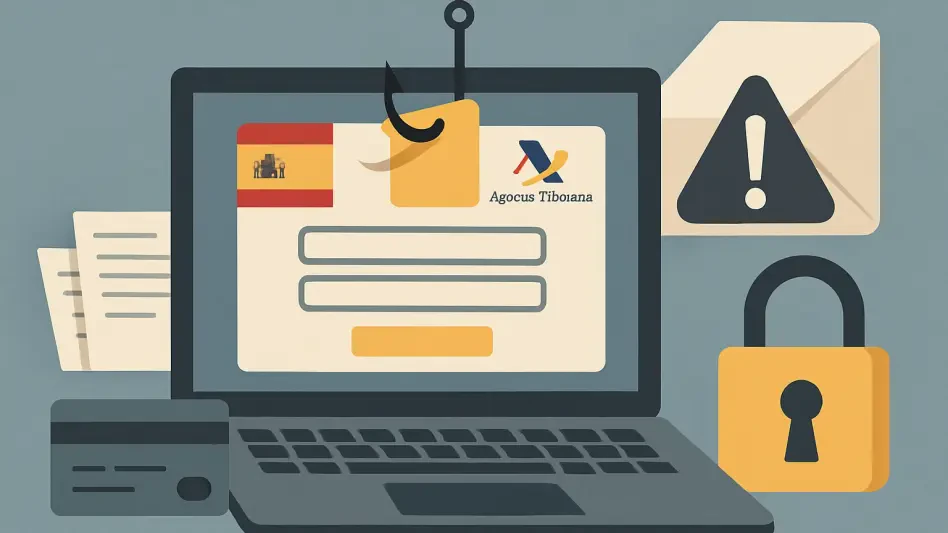Imagine a scenario where an employee receives an urgent email from their CEO, complete with personal references to a recent project and a request for immediate fund transfers, only to later discover it was a meticulously crafted fake generated by artificial intelligence. This chilling reality is becoming increasingly common as cybercriminals harness AI to supercharge phishing attacks, creating messages so convincing that even the most cautious individuals might fall victim. The sophistication of these schemes has escalated to a point where businesses of all sizes face unprecedented risks to their security and financial stability. With AI enabling attackers to personalize content and scale their efforts, the potential for breaches grows exponentially. This growing menace demands attention, as traditional defenses struggle to keep pace with rapidly evolving tactics that exploit human trust and technological vulnerabilities. The urgency to adapt and strengthen safeguards has never been more critical for organizations aiming to protect sensitive data and maintain operational integrity.
The Sophistication of AI-Driven Phishing Tactics
The use of artificial intelligence in phishing attacks marks a significant leap in the capabilities of cybercriminals to deceive and manipulate. By analyzing vast amounts of data from social media platforms, public records, and websites, AI can craft highly tailored messages that mimic legitimate communications with uncanny accuracy. These messages often include specific details about an individual’s professional life or personal interests, making them appear authentic and urgent. Beyond text, AI can replicate voices or even create realistic video content featuring business leaders, tricking employees into divulging sensitive information or authorizing fraudulent transactions. The sheer volume of attacks is equally alarming, as automation allows attackers to send thousands of customized messages in a short time frame, increasing the odds of success. This blend of personalization and scale transforms phishing from a scattershot approach into a precision weapon, posing a severe challenge to cybersecurity teams tasked with identifying and neutralizing these threats before they cause irreparable harm to the organization.
Building Robust Defenses Against Evolving Threats
In response to the escalating danger of AI-enhanced phishing, businesses must prioritize adaptive and proactive strategies to safeguard their operations. A cornerstone of effective defense lies in continuous employee education on recognizing the latest cyber threats and deceptive tactics employed by attackers. Implementing regular phishing simulations offers a practical way to train staff to identify suspicious communications and respond appropriately, reducing the likelihood of falling prey to scams. Encouraging a culture of verification—where employees double-check requests for sensitive data or financial actions through secure channels—is equally vital. Additionally, fostering an environment where reporting unusual activity is standard practice can help detect and mitigate risks early. While technology plays a role in filtering threats, the human element remains the first line of defense against AI-driven attacks. By investing in awareness and preparedness, organizations can build resilience against a landscape where cybercriminals continuously refine their methods to exploit vulnerabilities.








